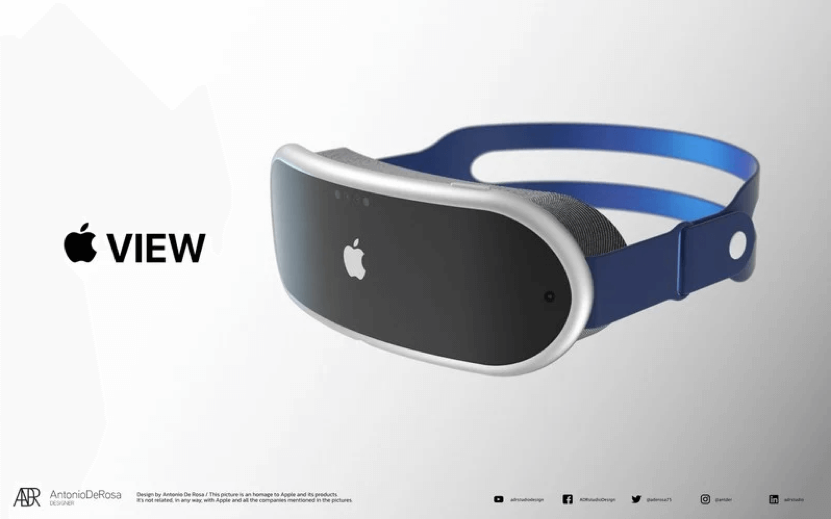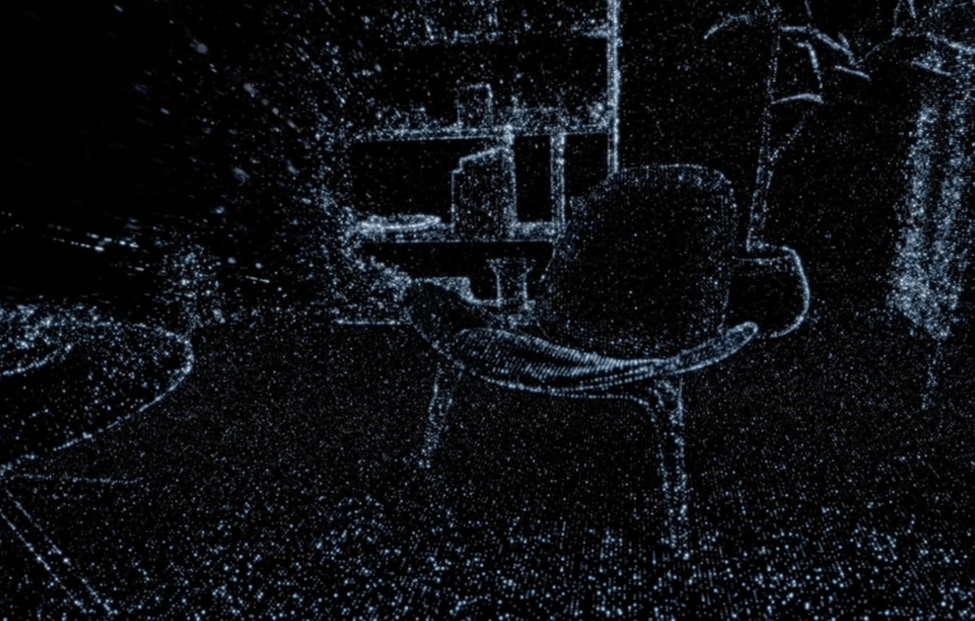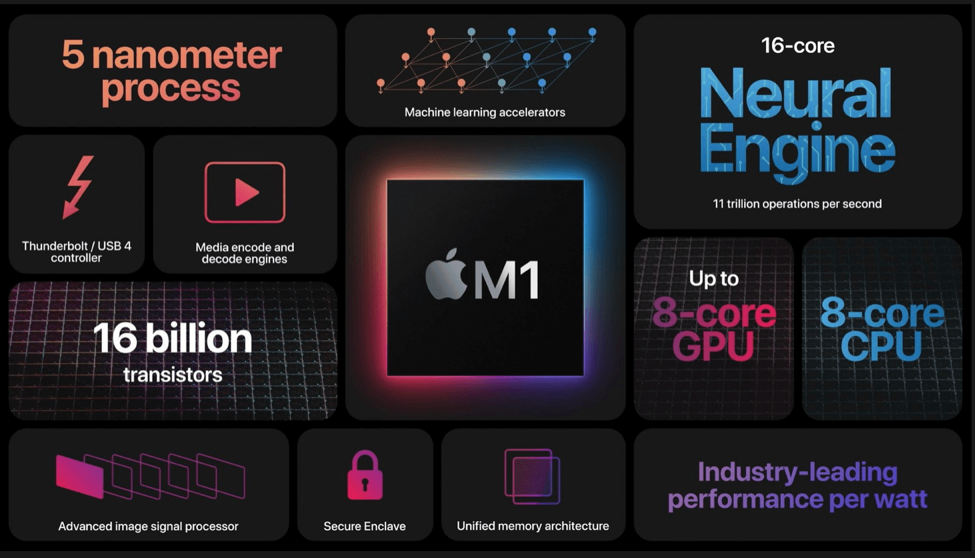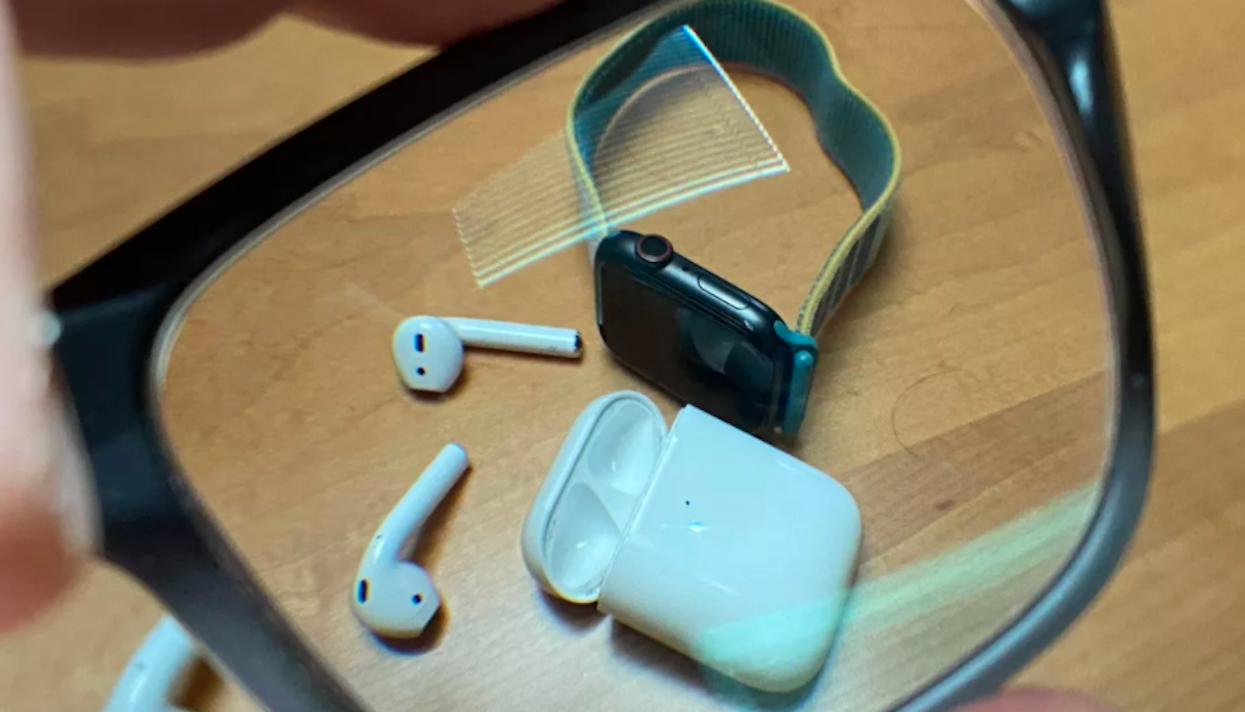Apple put Oculus, HTC, and Valve on notice with rumors that its VR headset is in the advanced prototype stage and could be released as soon as the end of 2021. Below, we take a look at some features in the VR headset that must be top-level in order to give Apple the edge in the virtual reality space.
What We Know So Far
Contents [show]
The Apple VR headset has no official name yet, but recent reports by Bloomberg have outlined the product, which is in final prototyping stage. From the Apple VR headset facts we know it is all-in-one standalone which doesn’t require a connection to a nearby PC. It will be the closest Oculus Quest 2 competitor yet.
Price for the Apple VR will be in the $500-900 range. This is more than the $299 price tag of the Oculus Quest, but not out of reach for the general public.
The VR headset will be a precursor to the future Apple smart glasses. That product will utilize more mixed reality and augmented reality features to overlay digital information in your real world eye sight. The prototype for the AR glasses is set to sell in the $3000 range, similar to the Microsoft HoloLens.
The VR headset will allow Apple to gather data and refine its hardware and software for an eventual release of smart glasses.
With that in mind, there are a few features in the Apple VR headset that must be optimized if Apple wants to become a serious player in the industry.

Accurate Inside-Out Tracking
Inside-out tracking allows all position, speed, and movement information to be gathered via external-facing camera sensors on the VR headset. This tracking is much more user friendly, since it requires no setup compared to outside-in tracking with VR base station hardware.
Oculus is the current king for inside-out tracking, even including hand tracking capabilities on their Quest. If Apple wants to compete, it needs to master inside-out tracking on its headset.
One reason why Apple is positioned well to do this is its investment in LIDAR technology. LIDAR is a method for measuring distances accurately by sending out laser light and measuring the reflection time. The Apple iPad and iPhone Pro models already include these LIDAR sensors, which help to improve augmented reality and camera functions.
LIDAR sensors will be included in the Apple VR headset. They will constantly track the position of your controllers, hands, and environment. This key piece of hardware will make or break Apple’s headset quality, so expect a lot of focus in this area.

Good Controllers
Controllers can make or break a VR headset’s experience for users. Oculus seems to have gotten things the most right with its latest motion controllers. They have a halo design that houses the sensors used for position and movement. If Apple wants to compete, they’ll need to introduce VR controllers that work well and contain accurate tracking.
Unlike most other features in the Apple VR headset, controllers are not something that Apple has already developed. Other than the Apple mouse and keyword, they have not designed hand controllers for any other product. This might put them at a disadvantage here until we see more.
However, VR controllers all follow a very similar button pattern in order to stay compatible with existing VR games. So we expect to see Apple’s controller contain the same analog d-pad, two buttons, and two triggers that Oculus, HTC, and Valve are deploying.
The one positive for Apple is that they have great relationships with many sensor manufacturing companies. This should give them access to the best infrared sensors for the VR headset.
App Store and Ecosystem
Oculus, HTC, and Valve already have well-developed VR app stores in place with the Oculus and Steam VR stores. Since Apple chooses to only provide access to its internal store, how the App Store opens up for VR developers will be key to the success of the Apple VR headset.
Apple’s ability to entice VR developers to create games for their headset will be key to the long-term success of the product. Opening things up in 2021 will allow for a large ecosystem of apps to be available for the eventual smart glasses in the future.
One good transition Apple has made is to an all ARM-based system on a chip across its products (called the M1). This has allowed the same apps on the iPhone to run on the Macbook as well. Assuming that Apple brings the M1 to the VR headset, it should be easy for developers to add VR support into existing apps and games.
This leads well into the last feature we think Apple must get right in their VR headset.
Processing Power
The biggest drawback to the Oculus Quest 2 is that its Qualcomm Snapdragon processor is closer to a mobile phone chip than to a gaming PC. This means that most Quest 2 games are downgraded from their PC VR counterparts on the Steam Store.
One way that Apple can excited buyers is by offering a system on a chip that is closer in power to a gaming setup. The Apple M1 chip in the new 2020 Macbooks have already increased excited. Benchmark tests show that the M1 is more powerful than the Nvidia GeForce GTC 1050 Ti or AMD Radeon RX 560 GPUs. These graphics cards are the minimum recommended requirements for VR gaming on a PC.
Offering the second generation M2 chip in the VR headset should give Apple the processing power it needs to run full-fledged VR games. Their system-on-a-chip has good artificial intelligence features to optimize performance live as it is being used.
If Apple does follow through with this predictions, it could be the x-factor it needs to sell the headset to mass buyers.

Conclusion
Above, we outlined four important features that the Apple VR headset must have in order to compete in the market:
- Accurate inside-out tracking
- Good VR controllers
- A good App Store, ecosystem, and VR games.
- High processing power to run VR games
If Apple focuses on these three things, their VR headset should fit nicely into the niche. This will help Apple gather good data towards eventual AR smart glasses that can be worn all day long.


